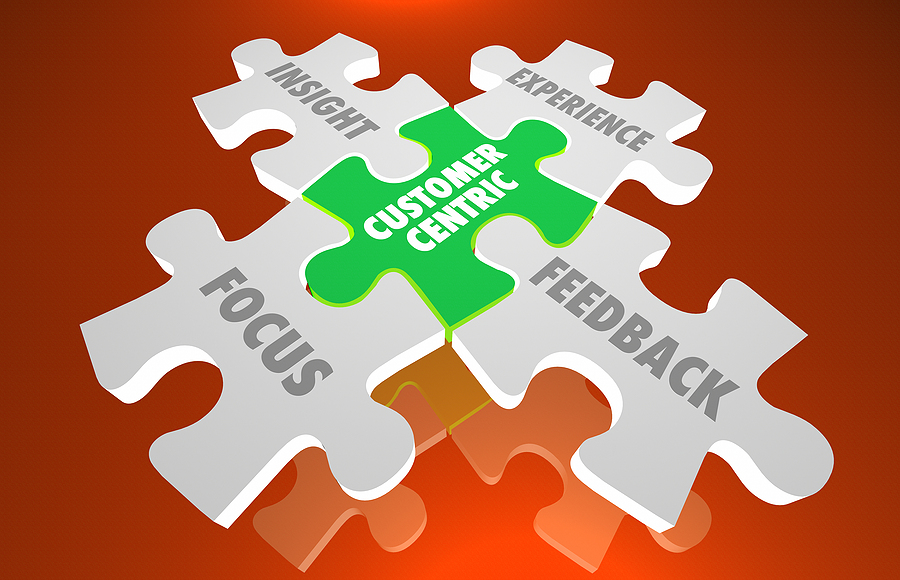
Relevancy is Key to Your Brand’s Traction
September 30th, 2021 Posted by Emergent Brand Design, brand marketing, brand messaging, Brand preference, brand strategy, Category Design, change, consumer behavior, Consumer insight, Customer Experience, Emotional relevance, engagement, Healthy Living, Higher Purpose, Social proof, storytelling, Strategic Planning 0 comments on “Relevancy is Key to Your Brand’s Traction”Strengthening your cultural connections is vital to sustainable growth
Why does brand relevance matter so greatly to your 2022 business results? Because it is within relevancy’s sphere of influence that consumers discover both their interest in your brand and a reason to buy. You may believe your product stands resolutely on its own merits – formulation and attributes and all. To a degree it certainly does, however your brand doesn’t exist in a vacuum.
Powerful external forces are at work driving consumer behaviors and preferences. More than ever, people are influenced by:
- What is popular
- What is socially agree-able
- What is on trend culturally
Where does your brand sit in relationship to popular food culture? Current issues and values pressing on the food industry’s future? Brand relevancy is connected to and associated with current culture cues and the symbolism that surrounds it.
Here is our guide to relevance and connection
Brand relationships continue to look more and more like those of the human variety. You are no longer just selling a product. You are marketing deeper meaning, values and beliefs attached to strong cultural influences. Better connections here help more salient brands rise while others less present in these shifting conditions may experience a corresponding decline in their value proposition.
Is your brand engaging in the world around it?
We are witnessing a profound sea change in the path to purchase as consumers look to brands for trusted sustainability stories and tangible efforts to address heightened awareness of a relationship between food/beverage choices and climate impact. Health, wellness and sustainability are key associations for modern food, beverage and lifestyle culture trends.
Is your brand viewed as a positive influence?
What specific actions, policies, behaviors, standards and commitments is your brand making to be at the forefront of these key issues that now dominate the cultural conversation? Is your brand voice up to date, participating in this discourse with credibility and referencing tangible efforts to meet wellness and sustainability expectations?
Is your brand a contributor to users’ lives?
As stated earlier, brand relationships look a lot these days like interactions we have with the people we care about. Thus, why enlightened marketers understand their future is founded on reciprocity. Brands must make a real effort to help consumers overcome barriers, succeed and grow on their life journeys. How is your brand operating as a coach and guide to help users achieve their passions and desires?
Designing for enhanced relevance
Relevancy is achieved through a creative, appealing mix of attitude, behaviors (actions speak louder than words) and appearance. What’s required here is an innovative reappraisal of your brand identity, visuals, voice, actions and symbolism that should be in sync with the cultural dialogue going on right now.
Your brand is the fabric and tether to deeper meaning that provides consumers with an anchor of belief and emotional resonance. Here’s the mix of ingredients that help you dial in brand relevance.
- How your brand interacts with popular culture – Your strategic game plan
- Articulating what your brand stands for – Your values and beliefs
- Why your brand exists – Defining your brand Higher Purpose
- Engaging where your users spend their time – Your interactions with their micro-communities of influence
Here are three steps you can take right now to bring this thinking to your strategic plans.
- Consumer lifestyle insight
You’re interacting with humans not data points. What do you understand about their lifestyle aspirations, needs, wants and concerns? If sustainability is a cultural imperative now, do you know what areas of sustainability readiness they care about the most? Without a foundation of insight into their lives, it’s nearly impossible to find alignment and relevance with who they are, what they want and what they believe.
2. The customer experience journey
Based on a more granular understanding of your users’ aspirations, how should your brand promise and value proposition best be packaged and delivered to meet those needs? Are you monitoring social channels to assess how they’re interacting with you and engaging in your community? First party data is the best resource for reliable understanding of their behaviors.
3. Creative thinking around your future
Based on deep insights into your consumer base and their unmet needs, what new categories can your brand credibly operate in to help solve more problems and cultivate a deeper, more valuable relationship? What new touchpoints can you activate to engage consumers on their journey? Finally, what new tools can you deploy to deliver on the promises you’ve made?
- Legacy brands can improve their relevance by refreshing and restaging their brand positioning and building connections to current cultural symbols and aligned business behaviors.
- New and emerging brands can embed this thinking into their go-to-market strategies and the brand narrative they are building.
Once you understand how status and aspiration are defined by your user base, you can go to work finding connections and building trust. Perhaps the most important sea change in our culture is a move towards how consumption decisions impact the world and community around us. It is no longer just what’s good for me, the decision is now also about what’s good for society and for the future world people want to live in.
Emergent is a trend watching, culture defining organization of brand building experts and communications architects. We can help you dial in relevance and gain traction while leveraging the powerful forces of cultural change that influence what people want. The outcome is traction, engagement, relevance, value and business growth.
Use this link to request a complimentary “culture impact assessment” of your category.
Looking for more food for thought? Subscribe to the Emerging Trends Report.
Bob Wheatley is the CEO of Chicago-based Emergent, The Healthy Living Agency. Traditional brand marketing often sidesteps more human qualities that can help consumers form an emotional bond. Yet brands yearn for authentic engagement, trust and a lasting relationship with their customers. Emergent helps brands erase ineffective self-promotion and replace it with clarity, honesty and deeper meaning in their customer relationships and communication. For more information, contact Bob@Emergent-Comm.com and follow on Twitter @BobWheatley.




